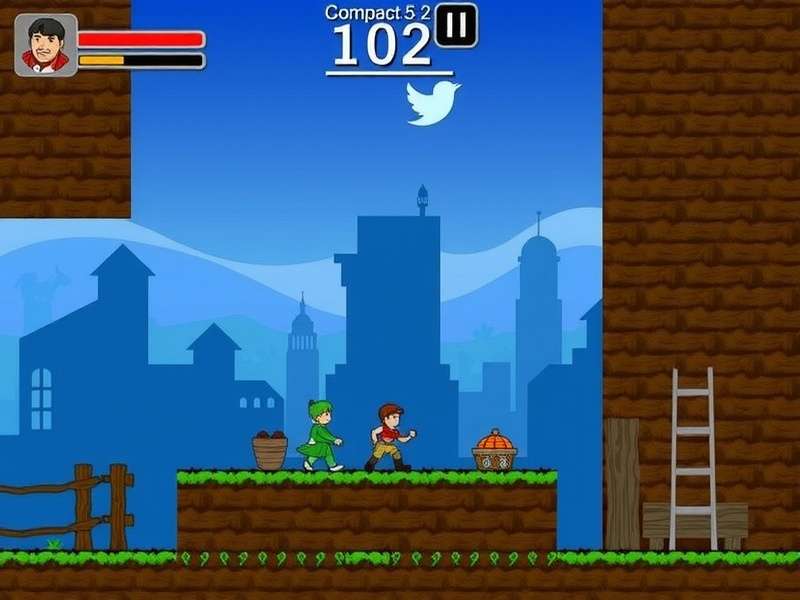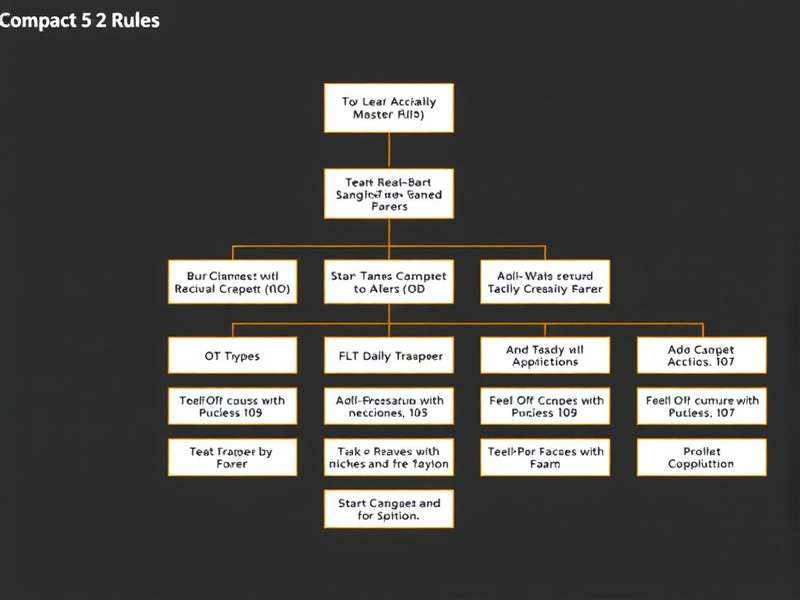Compact 5 3 2: India's Most Popular Card Game

Game Overview
Compact 5 3 2 is not just a card game—it's a cultural phenomenon in India that has captured the hearts of millions. With over 10 million downloads across the country, this game represents the perfect blend of strategy, skill, and a touch of luck that makes Indian card games so engaging.
The game's name, Compact 5 3 2, comes from its unique scoring system where players aim to capture specific card combinations worth 5, 3, and 2 points. This simple yet deep mechanic creates endless strategic possibilities that keep players coming back for more.
Originally played with physical cards in homes and local gatherings, Compact 5 3 2 has now transitioned to digital platforms, allowing players from across India to connect and compete in real-time tournaments and casual matches.
Downloads & Popularity in India
The digital version of Compact 5 3 2 has seen explosive growth in India, with:
- 10 million+ total downloads across Android and iOS
- 4.8/5 average rating from Indian players
- Regularly featured in top charts for Indian card games
- Over 500,000 daily active users
Player Reviews from India
"This game brings back memories of playing with family during festivals. Now I can play anytime with friends online!" - Rajesh K., Mumbai
"The strategies are deeper than they appear at first. I've been playing for 6 months and still discover new tactics." - Priya S., Bangalore
"Best card game for mobile in India! The tournaments are so exciting and the community is very active." - Arun G., Delhi
Localization Differences
The Indian version of Compact 5 3 2 includes several localizations that make it uniquely Indian:
- Hindi language support with regional dialect options
- Festival-themed events for Diwali, Holi, and other Indian holidays
- Regional leaderboards for different states
- Integration with popular Indian payment methods for in-app purchases
- Special avatar customization options with traditional Indian attire
Rules of Compact 5 3 2
Understanding the rules is essential to mastering Compact 5 3 2. The game is typically played with 4 players in two partnerships, though variations exist for 2 or 6 players.
Basic Gameplay
The game uses a standard 52-card deck without jokers. Each round consists of several tricks where players play cards to capture valuable combinations:
- A dealer distributes all cards equally among players (13 cards each in 4-player game)
- Players bid on how many points they think their team can capture
- The highest bidder declares trump suit for the round
- Players play tricks, aiming to capture specific card combinations worth points
- At the end, teams tally their points to see if they met their bid
Scoring System
The "5 3 2" in the name refers to the three most valuable card combinations:
- 5 Points: King, Queen, and Jack of the trump suit
- 3 Points: The 10 of the trump suit
- 2 Points: The 5 of the trump suit
Additionally, capturing the Ace of any suit in a trick earns 1 point, and the team that wins the last trick gets 1 bonus point.
Winning Conditions
The bidding team must capture at least as many points as they bid to win the round. If they fail, they lose points equal to their bid. The opposing team always scores the points they actually captured.
Games typically play to a set score (often 100 points), with the first team to reach or exceed that score declared the winner.

Advanced Strategies for Compact 5 3 2
While the rules may seem straightforward, mastering Compact 5 3 2 requires deep strategic thinking. Here are some advanced tips from top Indian players:
1. Bidding Wisely
Your bid should reflect both the strength of your hand and your partner's likely contributions. Conservative bidding can prevent large losses, but aggressive bidding can secure big wins when you have a strong hand.
Indian players often use subtle signals with their bids to communicate hand strength to partners without alerting opponents. For example, bidding an odd number might indicate a strong hand in certain regions.
2. Trump Suit Selection
Choosing the right trump suit is crucial. Look for suits where you hold several high cards or where you can capture multiple point cards. Avoid declaring trump if your partner has already shown weakness in a particular suit.
In Indian tournaments, experienced players often track which suits have been bid heavily in previous rounds to predict opponents' strategies.
3. Capturing Point Cards
The 5-3-2 combinations are your primary scoring opportunities. Plan your plays to capture these cards while denying them to opponents. Sometimes it's worth sacrificing a lower-value trick to set up a capture of a high-value combination.
Many Indian players develop mnemonic devices to remember which point cards have been played and which remain in play.
4. Partner Communication
Since you can't see your partner's cards, effective communication through gameplay is essential. Develop conventions with your partner about when to lead certain suits or when to signal strength.
In the Indian gaming community, many partnerships develop unique bidding systems and signals that give them an edge in tournaments.
5. Defensive Play
When your team isn't the bidding team, your goal is to prevent the bidding team from making their contract. This often involves capturing point cards before they can and forcing them to waste high cards on unimportant tricks.
Top Indian players excel at defensive strategies, often turning seemingly lost rounds into victories by carefully tracking which point cards remain available.
Indian Player Community & Activities
The Compact 5 3 2 community in India is vibrant and active, with players of all ages and skill levels coming together to play, learn, and compete.
Local Tournaments
Major cities across India host regular Compact 5 3 2 tournaments, both online and offline. These events attract hundreds of players and offer substantial prize pools. The annual National Compact 5 3 2 Championship in Mumbai is the most prestigious event, drawing top players from across the country.
Online Communities
Indian players have formed numerous online groups and forums to discuss strategies, share tips, and organize games:
- Compact 5 3 2 India Facebook Group: Over 50,000 members sharing gameplay videos and discussing strategies
- /r/Compact532India: Active subreddit with daily discussions and AMA sessions with top players
- Discord Servers: Several large servers with voice channels for real-time strategy discussions during games
Player-Created Content
Indian players have produced a wealth of content to help others improve:
- YouTube Tutorials: Channels like "Compact Master India" offer detailed strategy guides
- Strategy Blogs: Top players maintain blogs analyzing high-level tournament play
- Mobile Apps: Several Indian developers have created companion apps for score tracking and strategy reference
Special Indian Events
The game regularly features special events celebrating Indian culture:
- Diwali Tournament Series: Special tournaments with festive themes and bonus rewards
- Holi Color Run Events: Themed gameplay with colorful avatars and decorations
- Independence Day Challenge: Special leaderboards and competitions during national holidays
Indian Player攻略 (Strategies)
Indian players have developed unique approaches to Compact 5 3 2 that reflect the country's diverse gaming culture. Here are some insights specifically for Indian players:
1. Regional Playing Styles
Different regions of India have developed distinct playing styles:
- North India: Tends toward more aggressive bidding and risk-taking
- South India: Often emphasizes defensive play and precise calculation
- East India: Known for creative trump suit selections and unconventional strategies
- West India: Focuses heavily on partner communication and teamwork
2. Festival Strategy Adjustments
During major Indian festivals, gameplay often changes:
- Players may take more risks during Diwali for the chance at bigger rewards
- Holi events often see more colorful and unpredictable play styles
- During Ramadan, some Muslim players adjust their schedules but maintain competitive play
3. Language Advantages
The game's full Hindi localization gives Indian players an edge:
- Understanding nuanced card terminology in their native language
- Ability to communicate complex strategies more precisely
- Access to regional strategy discussions and tutorials
4. Mobile Optimization
Indian players have helped optimize the mobile experience:
- Feedback on device compatibility for popular Indian smartphone brands
- Suggestions for data-saving modes for areas with limited connectivity
- Development of quick-play modes for short commutes or breaks
Game Types
Explore different variations of Compact 5 3 2:
Classic Tournament Quick Play Team Solo Challenge